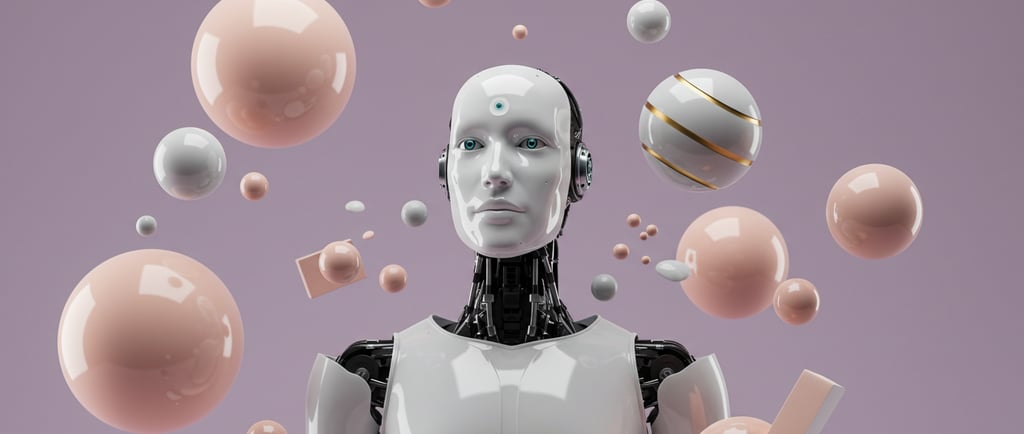Artificial Intelligence Trends Transforming Creative Workflows
Discover how artificial intelligence (AI) is reshaping the design landscape. Learn about five pivotal AI trends discussed at Morgan Stanley's 2025 conference that are set to redefine creative workflows and enterprise strategies.
TRENDS
5/31/20251 min read


1. Advanced AI Reasoning and Custom Silicon
AI is evolving from basic pattern recognition to sophisticated reasoning capabilities, enabling more nuanced decision-making processes. This advancement necessitates increased computational power, driving demand for custom silicon chips specifically designed for various AI tasks. Designers can leverage these developments to create more responsive and intelligent design systems.
Conclusion
The integration of AI into design is not just a trend but a paradigm shift. By embracing these emerging technologies, designers can enhance creativity, efficiency, and adaptability in an increasingly complex digital landscape.
2. Cloud Migration and AI Workloads
Hyperscale cloud providers are expanding their infrastructure to support the growing demand for AI workloads. This shift allows designers to access powerful AI tools and services on demand, facilitating real-time collaboration and streamlined workflows across geographies.
3. Large Language Models (LLMs) in Enterprise Design
LLMs are transitioning from content generation to providing context-aware recommendations and strategic insights. For designers, this means enhanced capabilities in automating routine tasks, generating creative concepts, and optimizing user experiences based on data-driven insights.
5. Emergence of Agentic AI
The concept of agentic AI—systems capable of autonomous decision-making—is gaining traction. In design, agentic AI can automate complex tasks, adapt to user feedback, and continuously improve outputs without constant human intervention, opening new avenues for innovation.
4. Evaluating AI Efficacy
As AI becomes integral to design processes, measuring its effectiveness is crucial. Companies are developing tools to assess AI performance, ensuring that integrations lead to tangible improvements in efficiency and creativity. This focus on evaluation helps designers trust and refine AI-assisted workflows.
